As individuals age, various factors can contribute to a decreased inclination to venture outdoors. While the transition from active to more sedentary lifestyles is natural, understanding the underlying reasons can aid in addressing and potentially mitigating these challenges.
1. Mobility Issues
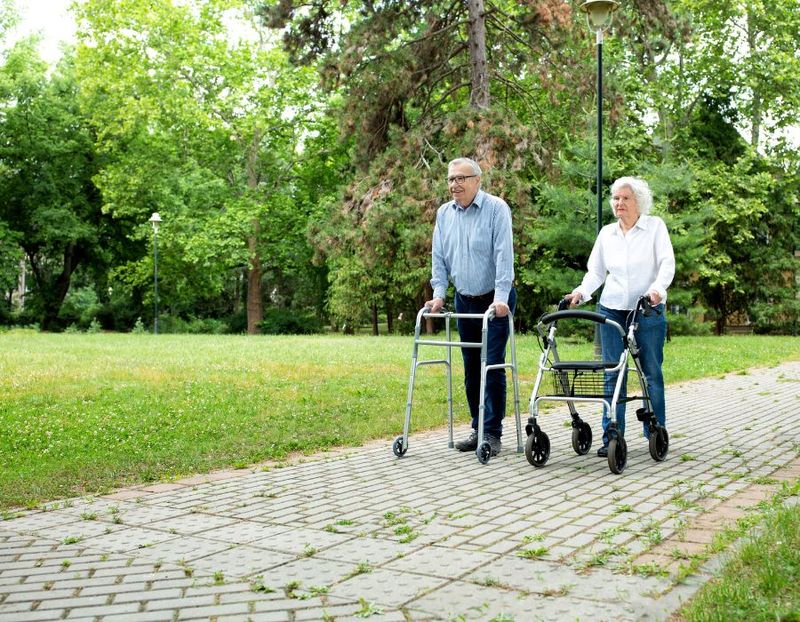
Mobility challenges can become significant barriers for older adults seeking outdoor experiences. Imagine an elderly individual gazing longingly at the park across the street, yet feeling restricted by the daunting stairs leading to its entrance.
The fear of falling, coupled with the physical exertion required, often discourages them from stepping outside.
Assistive devices like walkers or canes may aid mobility, but uneven terrains or steep inclines can still pose threats. Such barriers can turn a simple walk into a major endeavor, overshadowing the joy of fresh air and natural surroundings.
2. Weather Sensitivity
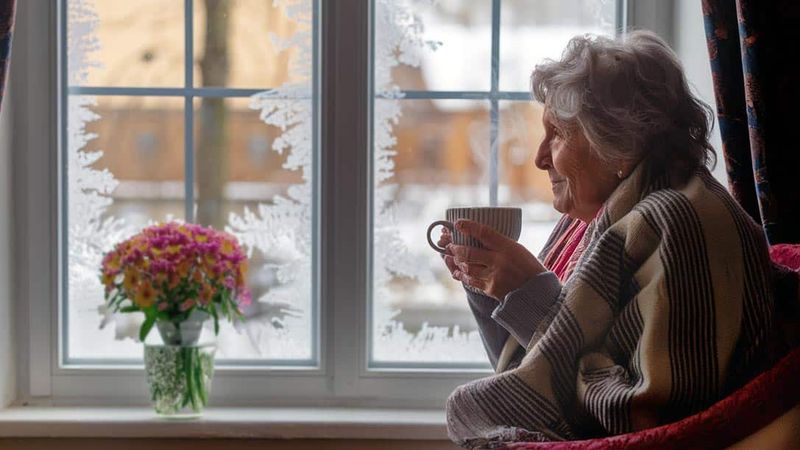
Weather conditions significantly influence an older person’s decision to go outside. A sudden rain shower or unexpected cold breeze can deter even the most adventurous seniors.
Imagine them sitting by the window, umbrella in hand, contemplating the unpredictable weather changes.
The sensitivity to temperature fluctuations, whether too hot or too cold, makes them think twice before leaving the comfort of their warm, controlled indoor environment.
3. Health Concerns
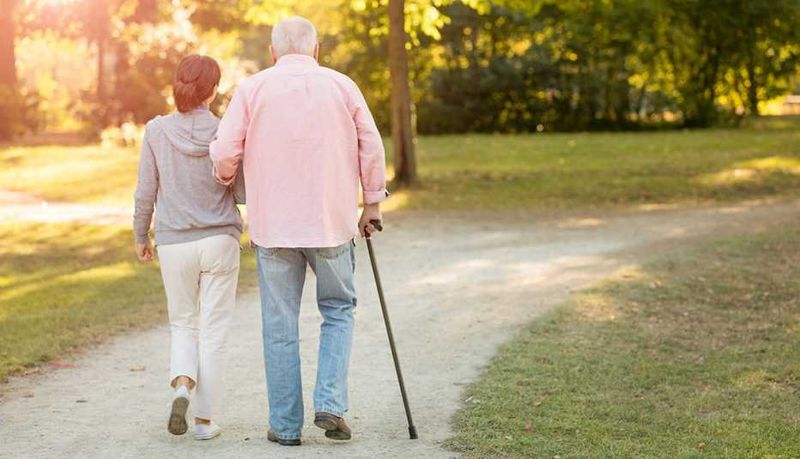
Health plays a crucial role in outdoor activities among the elderly. With age, chronic conditions like arthritis or heart disease become prevalent, often necessitating medication and regular monitoring.
You might picture an older person standing by the window, medications in hand, debating whether a stroll outside is worth the potential health risks.
The fear of exacerbating existing conditions or encountering an emergency while away from home can be enough to deter outdoor adventures.
4. Social Isolation

Social connections can diminish with age, leading to feelings of isolation. Picture an elderly individual gazing out of their window, longing for the companionship that once motivated outdoor excursions.
Without friends or family to accompany them, the idea of stepping outside can seem unappealing.
The lack of social interaction and fear of being alone exacerbate these sentiments, causing many to retreat further into solitude.
5. Fear of Crime

Safety is paramount for everyone, but especially for the elderly.
Imagine an older individual nervously peering through their curtains, concerned about the increasing crime rates in their neighborhood.
The fear of potential danger, even in once-familiar areas, can be enough to keep them indoors. News reports of local incidents often exacerbate this fear, painting the outside world as a perilous place.
6. Loss of Confidence
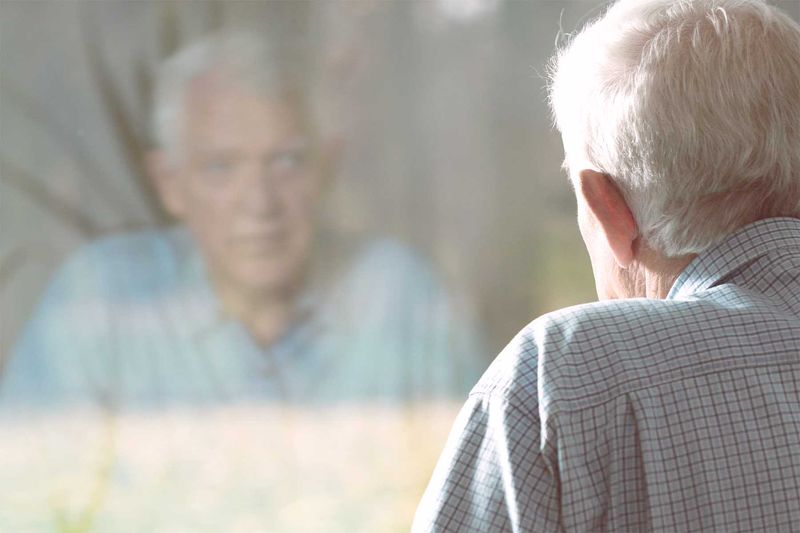
Aging can bring with it a sense of diminished self-assurance, affecting one’s willingness to engage in outdoor activities. Picture an elderly person staring at their reflection, questioning their abilities to navigate the world outside.
This loss of confidence, whether in their physical capabilities or cognitive functions, can make the prospect of going out seem daunting.
Such internal doubts often serve as invisible chains, restraining them from seeking new experiences beyond their doorstep.
7. Transportation Challenges
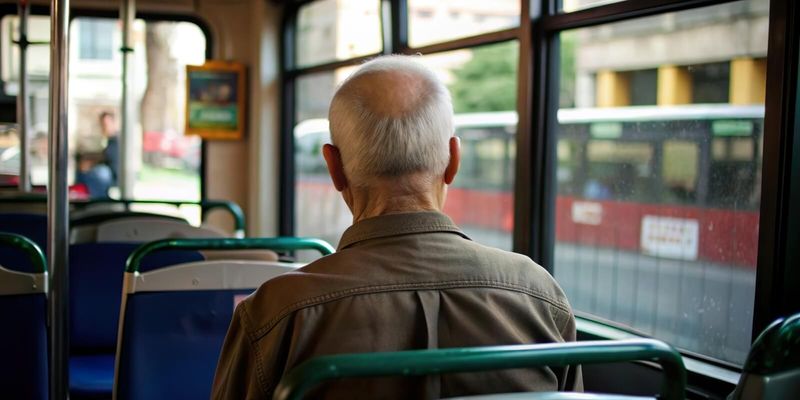
Transportation barriers can significantly impact an older adult’s ability to explore their community. Picture an elderly person waiting at a bus stop, frustration etched on their face as they check the time.
The inconvenience of infrequent public transport schedules or the inability to drive can make leaving home cumbersome.
For those who rely on others for transportation, the lack of independence can be disheartening, further discouraging outdoor excursions.
8. Sensory Decline
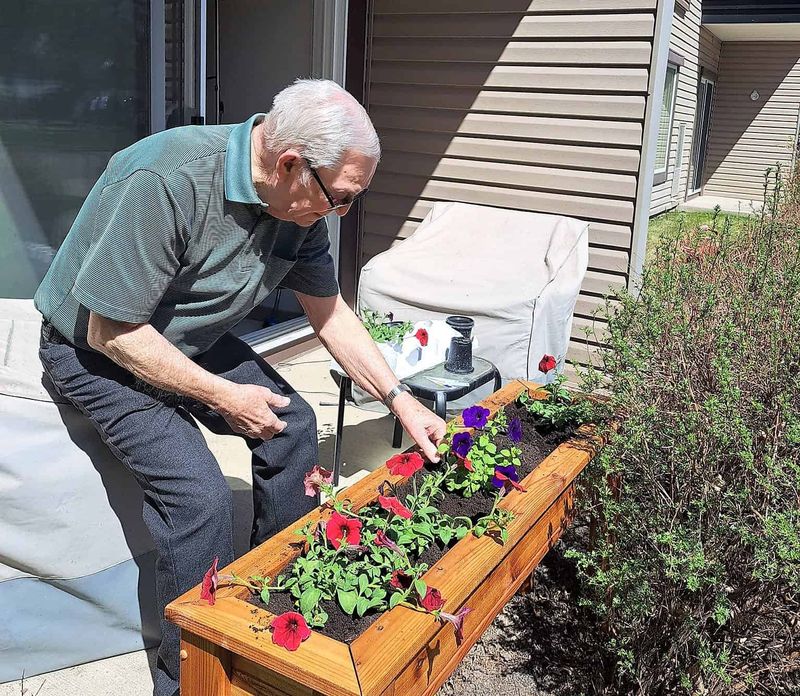
Sensory impairments, such as declining eyesight or hearing, can hinder outdoor activities for older adults. Imagine an elderly individual with a hearing aid, straining to catch the sounds of bustling life outside.
Such sensory challenges can make navigating the world outside feel overwhelming.
The fear of missing important auditory cues or visual details can deter them from venturing out, preferring the familiarity and comfort of their home environment instead.
9. Financial Constraints

Financial limitations can limit outdoor activities for seniors. Picture an older individual counting coins, considering the costs of a simple outing.
The prospect of spending on transportation, meals, or entry fees can be daunting on a fixed income.
Financial worries can overshadow the potential enjoyment of outdoor experiences, causing many to opt for the safety of their budget over the allure of the outside world.
10. Caregiving Responsibilities
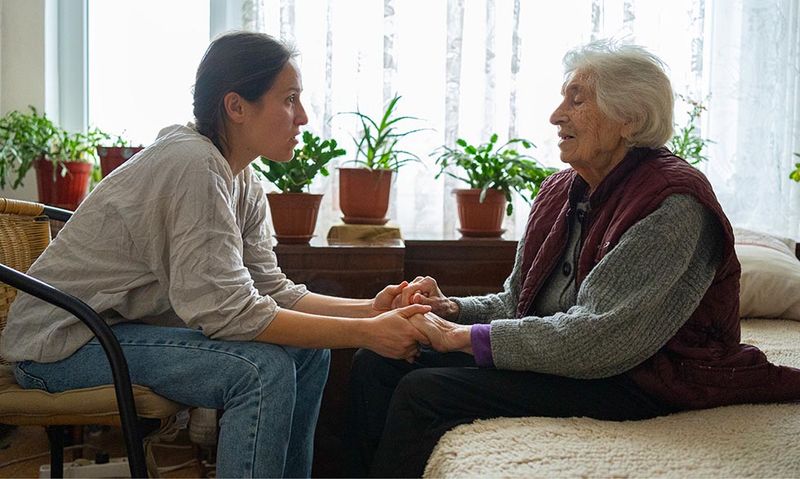
Some older adults have caregiving duties that restrict their ability to leave home. Picture an elderly caregiver, weary yet attentive, tending to a loved one who requires constant care.
These responsibilities can consume time and energy, leaving little room for personal outdoor pursuits.
The demands of caregiving can often take precedence, tying them to the home and limiting opportunities for outdoor relaxation or socialization.
11. Loss of Motivation
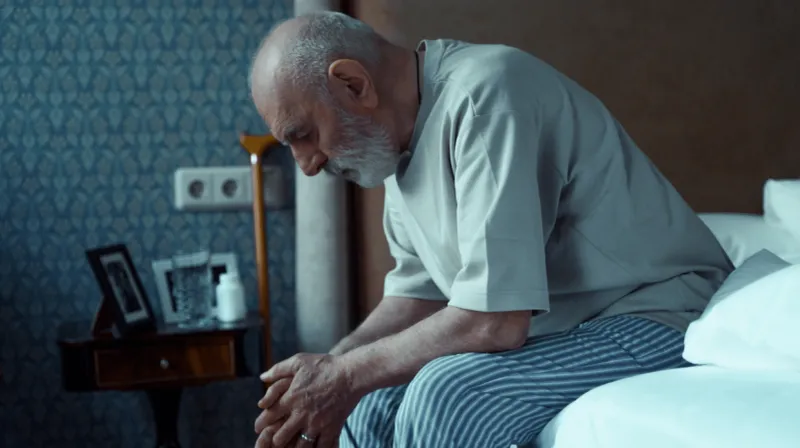
A decline in motivation can deter older adults from exploring the world outside. Imagine an elderly individual sitting idly, seemingly uninterested in activities that once brought joy.
This lack of enthusiasm, whether due to depression or physical fatigue, can make outdoor adventures seem unnecessary.
Over time, the inertia of staying indoors can become a self-fulfilling cycle, further diminishing the desire to venture out.
12. Environmental Barriers
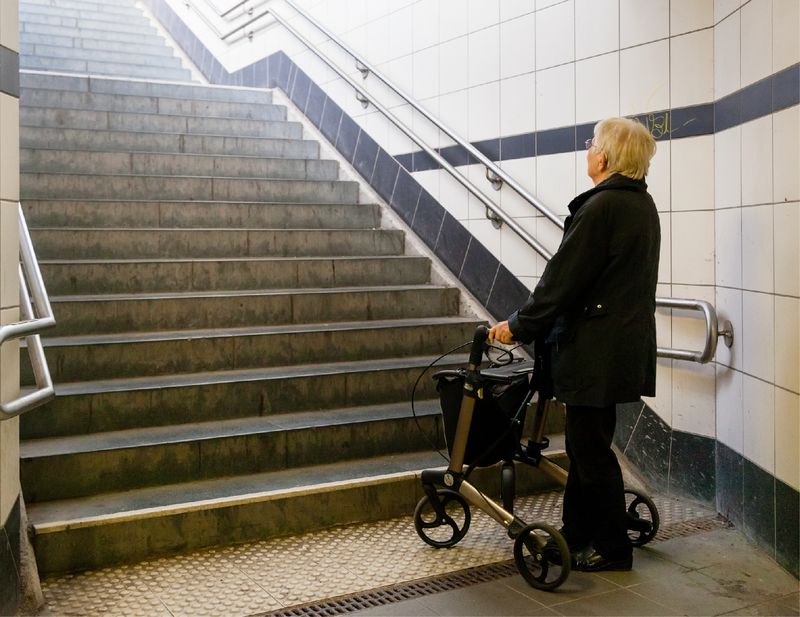
Physical obstacles in the environment can be a significant deterrent for older adults. Picture an elderly person confronted by a steep flight of stairs devoid of handrails, contemplating the challenge ahead.
Such barriers, whether in public spaces or residential areas, can restrict access and limit mobility.
The presence of these obstacles can make the outside world seem inaccessible, encouraging a retreat to the safety of familiar surroundings.
13. Lack of Appropriate Facilities
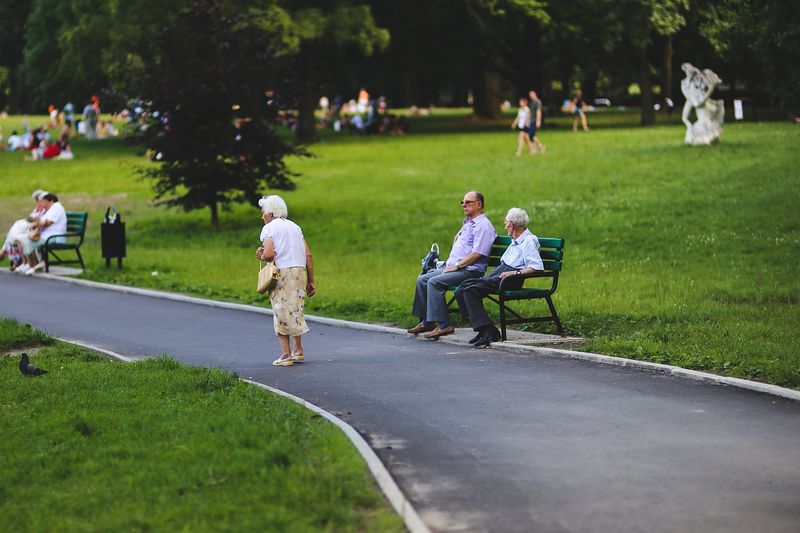
The absence of suitable facilities can deter older adults from spending time outside. Imagine a senior searching for a restroom in a public park, feeling the urgency coupled with uncertainty.
The availability of amenities like benches, restrooms, or shaded areas can greatly impact their comfort and willingness to stay outdoors.
Without these conveniences, even a simple outing can become burdensome, discouraging them from leaving the confines of their home.

